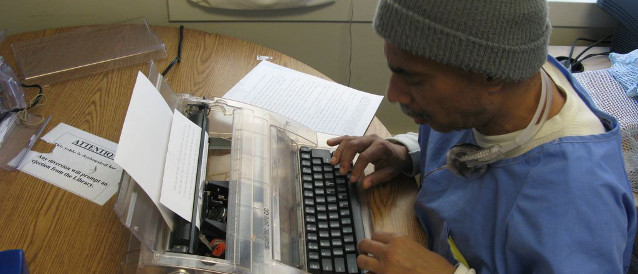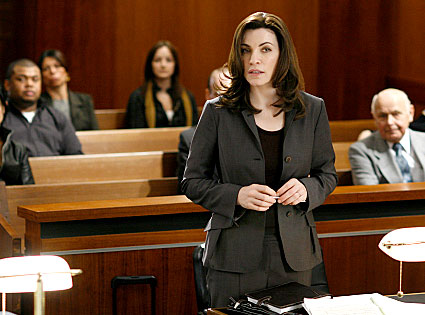
In Entler v. Gregoire, the Ninth Circuit Court of Appeals held that a prisoner may not be disciplined for threatening to file civil suit against prison staff. The filing of a criminal complaint against prison officials by a prisoner, as well as the threat to do so, are protected by the First Amendment, provided they are not baseless.
BACKGROUND
John Thomas Entler is a prisoner at the Washington State Penitentiary (“WSP”). During the summer of 2012, he took issue with certain incidents at the WSP and submitted written complaints to the prison officials involved.
In all but one, Entler threatened to initiate civil litigation if his concerns were not addressed; in the other, he threatened to file a criminal complaint against a number of state officials and have them arrested. Entler was disciplined for these threats under a Washington Department of Corrections (“DOC”) regulation that bars prisoners from
intimidating or coercing prison staff.
Later, Entler brought a complaint pursuant to 42 U.S.C. § 1983 alleging that his First Amendment rights were violated when he was disciplined for threatening to initiate civil litigation and file a criminal complaint against prison officials.
The complaint ended up in federal court.
The Defendants – here, the DOC – moved for judgment on the pleadings under Rule 12(c). Initially, the federal district court summarily adopted Magistrate Judge Hutton’s Report and Recommendation (“R&R”) recommending that Defendants’ 12(c) motion be granted and that the complaint be dismissed with prejudice.
Entler sought reconsideration. In a written decision denying Entler’s motion, the federal district court, disagreeing with the magistrate judge, held that Entler’s informal complaints were not protected by the First Amendment because they “were not part of the grievance process”; but the court agreed that there was a “rational connection” in the “particular context” of the case with the correctional institution’s “legitimate penological interest,” namely the “peaceable operation of the prison through the insistence on respect.” The court also agreed with the R&R that, in any event, “defendants are entitled to qualified immunity.”
This appeal followed.
COURT’S ANALYSIS & CONCLUSIONS
The Court of Appeals began by saying that running a prison is an inordinately difficult undertaking, and that it should give adequate consideration to the judgment of the prison authorities.
“We cannot, however, condone punishing a prisoner for simply threatening to sue if his grievances are not addressed,” said the Court of Appeals. It reasoned that regardless of the prisoner’s misdeeds—however reprehensible—prison walls do not form a barrier separating prison inmates from the protections of the Constitution:
“The most fundamental of the constitutional protections that prisoners retain are the First Amendment rights to file prison grievances and to pursue civil rights litigation in the courts . . . for without those bedrock constitutional guarantees, inmates would be left with no viable mechanism to remedy prison injustices.”
With that, the Court reasoned that Entler did exactly what he was “expected” to do by the DOC Grievance Program Manual: he sought informal resolution of his concerns through regular administrative channels prior to utilizing the grievance machinery by submitting “kites” to the appropriate prison officials. “This is as it should be,” said the Court. “Entler gave the prison administration the opportunity in the first instance to attempt to resolve his concerns and thus obviate the need to engage in the formal grievance process—with its attendant administrative burdens and costs —and litigation.”
Furthermore, the Court reasoned that it may well be that if the prison officials were able to address Entler’s concerns rather than to punish him for his threats to sue, this litigation might never have come to pass. “It would have been a good thing,” said the Court.
In 2012, the year Entler initiated this suit, prisoners nationwide filed 54,402 of the 267,990 civil cases brought in the district courts.14 In 2016, the most recent year with complete statistics, these filings had increased to 76,417 out of 292,159.15 Thus, over 25% of the district courts’ civil caseload in our country entails prisoner litigation.
The Court of Appeals concluded that Since Entler has alleged cognizable First Amendment
retaliation claims regarding his threats to sue, it was improper to dismiss the complaint in its entirety under Rule 12(c). However, in regard to Entler’s threat to file a criminal complaint, even
My opinion? Good decision. As the Ninth Circuit Court of Appeals said, “The most fundamental of the constitutional protections that prisoners retain are the First Amendment rights to file prison grievances and to pursue civil rights litigation in the courts.” Exactly. Prisons are nowhere fun, and they’re not easy to manage, but an inmate’s Constitutional rights do not totally disappear once they’re incarcerated. Indeed, the only right inmates have left to exercise is the First Amendment. And denying them that one right – the right to express themselves – chills free speech. Pure and simple.
Please contact my office if you, a friend or family member are charged with a crime. Hiring an effective and competent defense attorney is the first and best step toward justice.
















It’s time to prevent drug companies from poisoning our communities.
Please contact my office if you, a friend or family member face criminal charges related to drug addiction. It’s important to have a caring, competent and experienced criminal defense attorney who fights for your constitutional rights, supports your defenses and understands the story behind the charges. Call today.